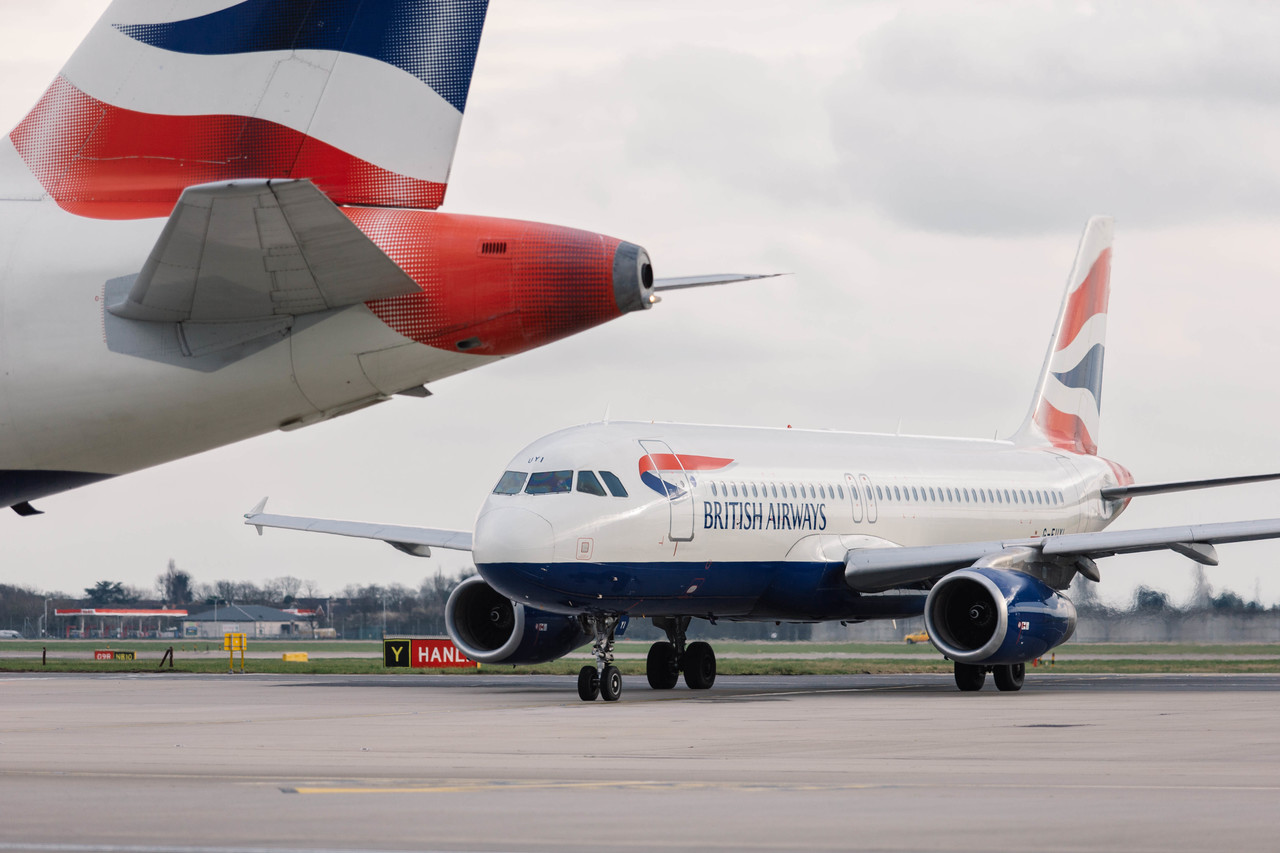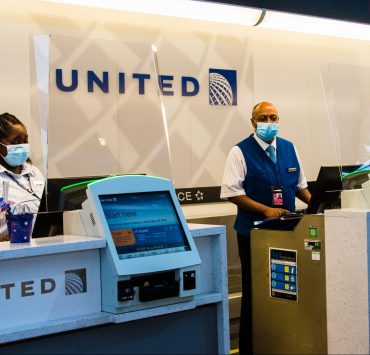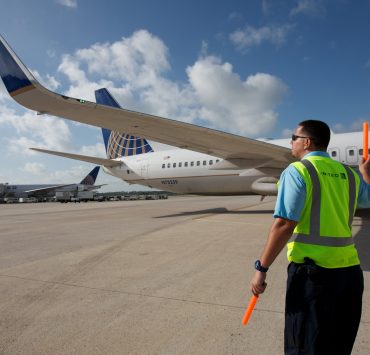British Airways reported 536 ‘smell, smoke or fumes’ events onboard its aircraft in 2019 according to a new report by the UK’s Air Accident Investigation Branch (AAIB). In October 2019, over 120 reports alone were received by aviation regulators before tailing off towards the end of the year and into 2020. The report investigated one particular incident in which the co-pilot of a British Airways A320 became incapacitated and ended up vomiting out of the open flight deck window after the aircraft landed.
During the September 23rd incident, the co-pilot reported smelling a strong odour of “strong sweaty socks” and experienced itchy skin around his eyes and a scratchy throat shortly before landing. Both the co-pilot and Captain were taken to hospital but later released without requiring further treatment. Despite extensive engineering checks neither British Airways nor the AAIB discovered the cause of the fume event.
Campaigners sometimes refer to such incidents as ‘toxic fume events’ and argue that they have the potential to cause longterm health problems. Studies commissioned by aviation regulators, however, have never proven a link between fume events and chronic health complaints. Many airlines prefer the term ‘odour event’ to describe these incidents and maintain that, while unpleasant, serious harm is incredibly unlikely.
A spokesperson for British Airways told us in an emailed statement that they “would never operate an aircraft if we believed it posed any health or safety risk to our customers or crew.” The airline pointed out that research commissioned by the European Aviation Safety Agency in 2017 “concluded that the air quality onboard aircraft was similar or better than that observed in normal indoor environments.”
Both the Captain and co-pilot had experienced previous fume events and in fact, the co-pilot had been involved in the evacuation of a British Airways A321 at Valencia Airport in August 2019 when thick smoke filled the cabin.
So when they first smelt the odour after taking off from Zurich they wondered whether they had been preconditioned into thinking something was amiss because of their previous experiences.
After 30 seconds the smell had completely gone but on the descent into Heathrow, a very strong smell suddenly entered the flight deck again. Both the Captain and co-pilot put on oxygen masks and after declaring PAN and requesting a priority landing, the Airbus A320 landed into Heathrow without incident.
Once on the ground, however, the co-pilot took off his oxygen mask to find out if the smell was still present. At this point, the co-pilot immediately felt nauseous and then vomited out of the flight deck window which he had just cracked open.
Engineers completed an extensive set of tests on the aircraft but the cause of the smell was never found and eventually, the plane was put back into service. In this incident, and several other similar incidents, the planes had been parked overnight in damp and humid environments, which investigators think might be a contributing factor.
In nearly all the incidents, crew described smells like sweaty socks, manure and farmyard odours – telltale signs of a fume event.
British Airways said its first priority is always safety and every fume event report is thoroughly investigated “with typically 151 engineering checks before an aircraft is cleared to continue flying.” The airline says it encourages staff to report any concerns they have and these in turn are passed onto aviation regulators.
“Fume or odour events have been found to be caused by a wide range of issues, including burnt food in the oven, aerosols and e-cigarettes, strongly-smelling food in cabin bags, and de-icing fluid,” a statement from British Airways continued.
Mateusz Maszczynski honed his skills as an international flight attendant at the most prominent airline in the Middle East and has been flying throughout the COVID-19 pandemic for a well-known European airline. Matt is passionate about the aviation industry and has become an expert in passenger experience and human-centric stories. Always keeping an ear close to the ground, Matt's industry insights, analysis and news coverage is frequently relied upon by some of the biggest names in journalism.










